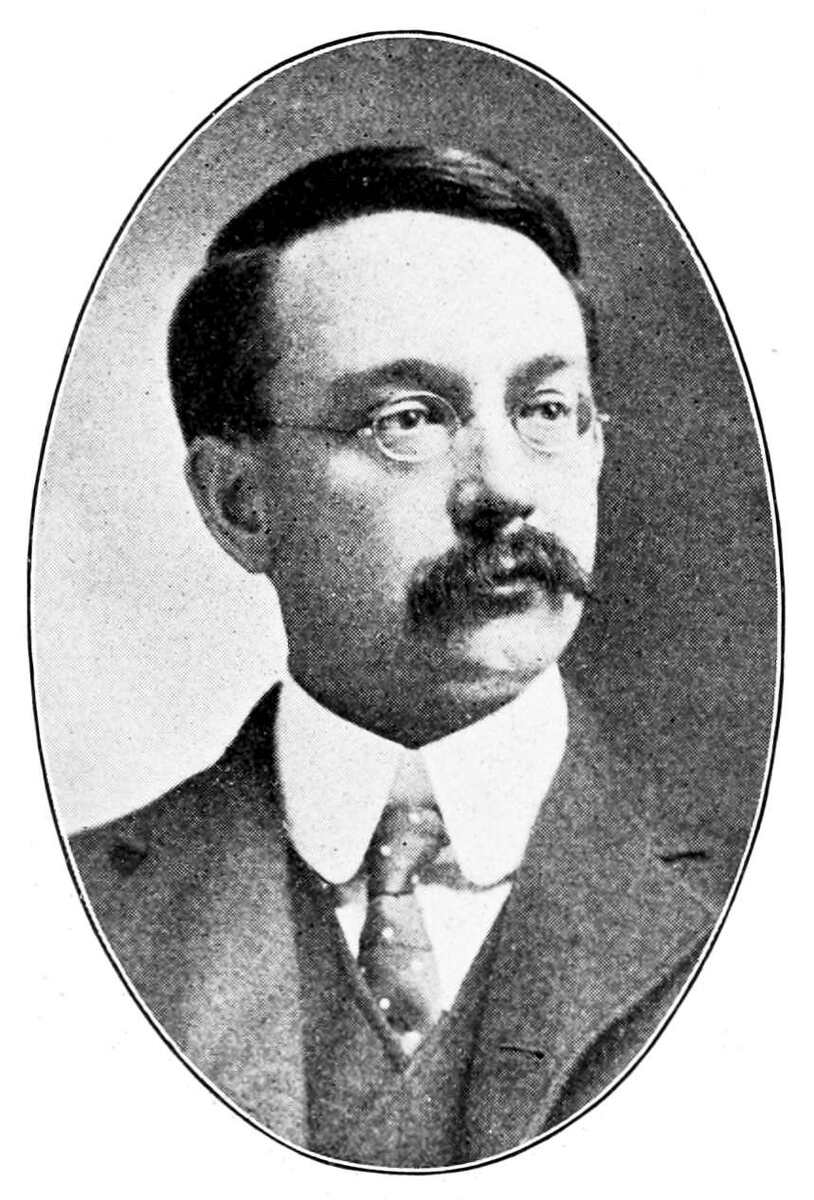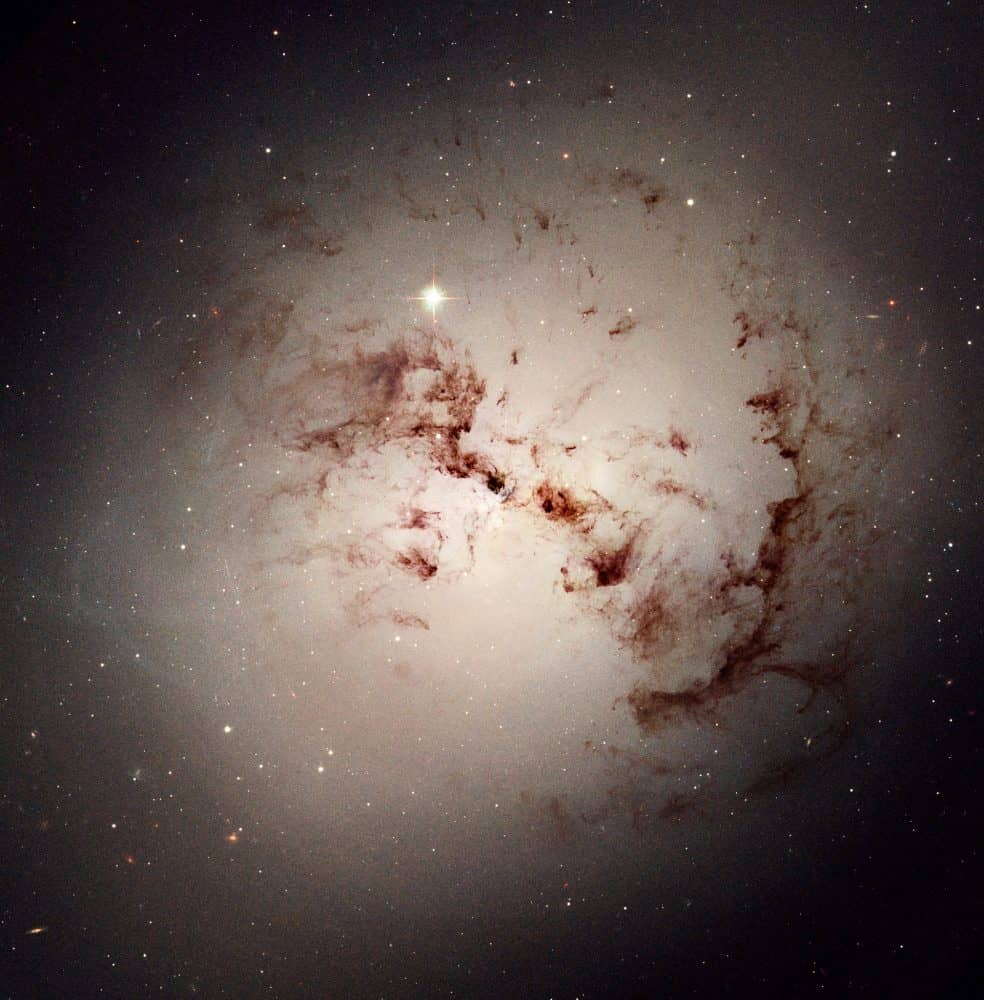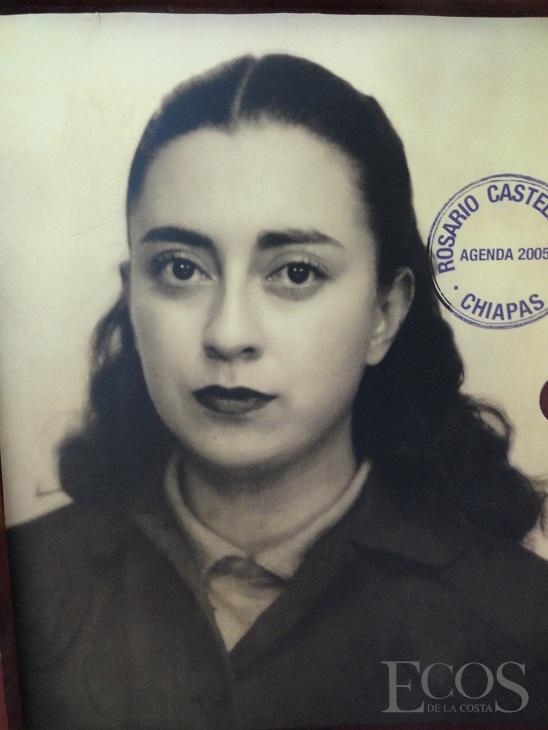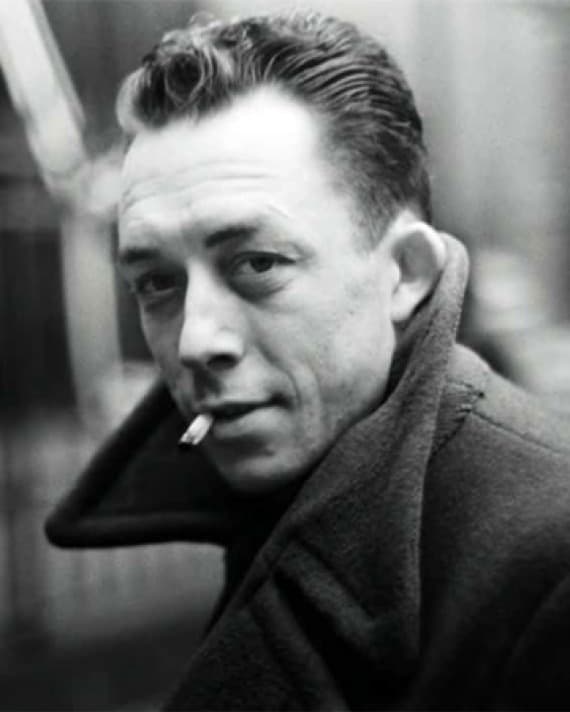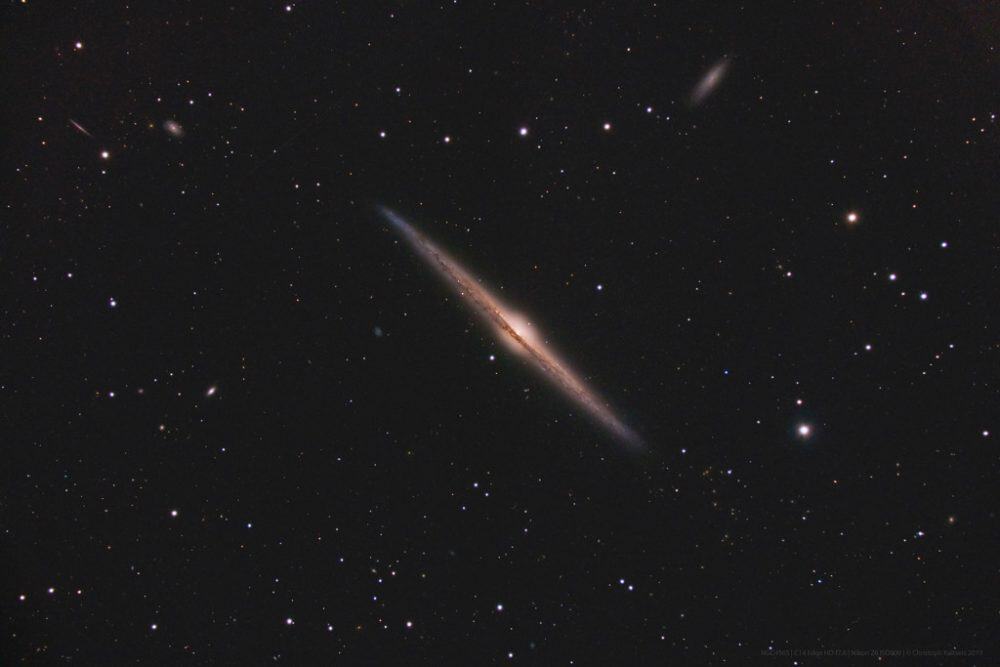Blog
“Dictators seek to control men’s thoughts as well as their bodies and so they attempt to dictate science, education and religion. But dictated education is usually propaganda, dictated history is often mythology, dictated science is pseudo-science.” Edwin Grant Conklin
more...Surprisingly complex loops and blobs of cosmic dust lie hidden in the giant elliptical galaxy NGC 1316. This image made from data obtained with the NASA/ESA Hubble Space Telescope reveals the dust lanes and star clusters of this giant galaxy that give evidence that it was formed from a past merger of two gas-rich galaxies.
NGC 1316 (also known as Fornax A) is a lenticular galaxy about 60 million light-years away in the constellation Fornax It is a radio galaxy and at 1400 MHz is the fourth-brightest radio source in the sky.
more...
Nicholas Christian Hopkins (24 February 1944 – 6 September 1994) was an English pianist and organist. Hopkins recorded and performed on many notable British and American pop and rock music releases from the 1960s through the 1990s including many songs by The Rolling Stones, The Kinks and The Who.
David “Fathead” Newman (February 24, 1933 – January 20, 2009) was an American jazz and rhythm-and-blues saxophonist who made numerous recordings as a session musician and leader, but is best known for his work as a sideman on seminal 1950s and early 1960s recordings by singer-pianist Ray Charles.
The AllMusic Guide to Jazz wrote that “there have not been many saxophonists and flutists more naturally soulful than David “Fathead” Newman,” and that “one of jazz’s and popular music’s great pleasures is to hear, during a vocalist’s break, the gorgeous, huge Newman tones filling the space…” Newman is sometimes cited as a leading exponent of the so-called “Texas Tenor” saxophone style, which refers to the many big-toned, bluesy jazz tenor players from that state.
Newman was born in Corsicana, Texas, on February 24, 1933, but grew up in Dallas, where he studied first the piano and then the saxophone. According to one account, he got his nickname “Fathead” in school when “an outraged music instructor used it as an epithet after catching Mr. Newman playing a Sousa march from memory rather than from reading the sheet music, which rested upside down on the stand.”
Inspired by the jump blues bandleader Louis Jordan, Newman took up the alto saxophone in the seventh grade, and was mentored by former Count Basie saxophonist Buster Smith. He went off to Jarvis Christian College on a music and theology scholarship but quit school after three years and began playing professionally, mostly jazz and blues, with a number of musicians, including Smith, pianist Lloyd Glenn, and guitarist bandleaders Lowell Fulson and T-Bone Walker.
more...Mayotte-It consists of a main island, Grande-Terre (or Maore), a smaller island, Petite-Terre (or Pamanzi), and several islets around these two. The archipelago is located in the northern Mozambique Channel in the Indian Ocean off the coast of Southeast Africa, between northwestern Madagascar and northeastern Mozambique. The department status of Mayotte is recent and the region remains, by a significant margin, the poorest in France. Mayotte is nevertheless much more prosperous than the other countries of the Mozambique Channel, making it a major destination for illegal immigration.
more...https://www.youtube.com/watch?v=Vmos2JLOSnU
more...“We have to laugh. Because laughter, we already know, is the first evidence of freedom.” Rosario Castellanos
more...
Stars of the Triangulum Galaxy are resolved in this sharp mosaic from the Hubble Space Telescope’s Advanced Camera for Surveys (ACS). The inner region of the galaxy spanning over 17,000 light-years is covered at extreme resolution, the second largest image ever released by Hubble. At its center is the bright, densely packed galactic core surrounded by a loose array of dark dust lanes mixed with the stars in the galactic plane. Also known as M33, the face-on spiral galaxy lies 3 million light-years away in the small northern constellation Triangulum. Over 50,000 light-years in diameter, theTriangulum Galaxy is the third largest in the Local Group of galaxies after the Andromeda Galaxy (M31), and our own Milky Way. Of course, to fully appreciate the Triangulum’s stars, star clusters, and bright nebulae captured in this Hubble mosaic.
more...John Dawson Winter III (February 23, 1944 – July 16, 2014), known as Johnny Winter, was an American musician, singer, songwriter, multi-instrumentalist and producer. Best known for his high-energy blues-rock albums and live performances in the late 1960s and 1970s, Winter also produced three Grammy Award-winning albums for blues singer and guitarist Muddy Waters. After his time with Waters, Winter recorded several Grammy-nominated blues albums. In 1988, he was inducted into the Blues Foundation Hall of Fame and in 2003, he was ranked 63rd in Rolling Stone magazine’s list of the “100 Greatest Guitarists of All Time“.
Johnny Winter was born in Beaumont, Texas, on February 23, 1944. Winter and younger brother Edgar (born 1946) were nurtured at an early age by their parents in musical pursuits.Their father, Leland,MS native John Dawson Winter, Jr. (1909-2001), was also a musician who played saxophone and guitar and sang at churches, weddings, Kiwanis and Rotary Club gatherings. Johnny and his brother, both of whom were born with albinism, began performing at an early age. When he was ten years old, the brothers appeared on a local children’s show with Johnny playing ukulele.
more...Josiah “Cie” Frazier (February 23, 1904 – January 10, 1985) was an American jazz drummer.
Frazier studied drums under several New Orleans jazz musicians, including Louis Cottrell, Sr., Red Happy Bolton, and Face-O Woods. He joined the Golden Rule Band with cousin Lawrence Marrero in 1921, and played in Marrero’s Young Tuxedo Orchestra in the 1920s. He recorded with Papa Celestin‘s Tuxedo Brass Band in 1927 and played with A.J. Piron and Sidney Desvigne in the late 1920s and early 1930s. During the Great Depression Frazier played in WPA bands and in Navy dance bands. In 1945, he recorded with Wooden Joe Nicholas, and worked in the 1950s with Celestin, Percy Humphrey, George Williams, and the Eureka Brass Band. He played in the Preservation Hall Jazz Band in the 1960s, working there into the 1980s, and recorded in his last few decades with Kid Howard, De De Burke, George Lewis, Emile Barnes, Captain John Handy, and Don Ewell. He appears in the Steve McQueen film The Cincinnati Kid and even drummed on one session for Helen Reddy.
more...George Frideric (or Frederick) Handel (/ˈhændəl/; born Georg Friedrich Händel 23 February 1685 (O.S.) [(N.S.) 5 March] – 14 April 1759) was a German, later British, Baroque composer who spent the bulk of his career in London, becoming well-known for his operas, oratorios, anthems, and organ concertos. Handel received important training in Halle-upon-Saale and worked as a composer in Hamburg and Italy before settling in London in 1712; he became a naturalised British subject in 1727. He was strongly influenced both by the great composers of the Italian Baroque and by the middle-German polyphonic choral tradition.
Within fifteen years, Handel had started three commercial opera companies to supply the English nobility with Italian opera. Musicologist Winton Dean writes that his operas show that “Handel was not only a great composer; he was a dramatic genius of the first order.” As Alexander’s Feast (1736) was well received, Handel made a transition to English choral works. After his success with Messiah (1742) he never composed an Italian opera again. Almost blind, and having lived in England for nearly fifty years, he died in 1759, a respected and rich man. His funeral was given full state honours, and he was buried in Westminster Abbey in London.
Born the same year as Johann Sebastian Bach and Domenico Scarlatti, Handel is regarded as one of the greatest composers of the Baroque era, with works such as Messiah, Water Music, and Music for the Royal Fireworks remaining steadfastly popular. One of his four coronation anthems, Zadok the Priest (1727), composed for the coronation of George II, has been performed at every subsequent British coronation, traditionally during the sovereign’s anointing. Another of his English oratorios, Solomon (1748), has also remained popular, with the Sinfonia that opens act 3 (known more commonly as “The Arrival of the Queen of Sheba”) featuring at the 2012 London Olympics opening ceremony. Handel composed more than forty operas in over thirty years, and since the late 1960s, with the revival of baroque music and historically informed musical performance, interest in Handel’s operas has grown.
more...https://www.youtube.com/watch?v=eGVy4o5SKjs
more...“The only way to deal with an unfree world is to become so absolutely free that your very existence is an act of rebellion.” – Albert Camus
more...
Magnificent spiral galaxy NGC 4565 is viewed edge-on from planet Earth. Also known as the Needle Galaxy for its narrow profile, bright NGC 4565 is a stop on many telescopic tours of the northern sky, in the faint but well-groomed constellation Coma Berenices. This sharp, colorful image reveals the galaxy’s bulging central core cut by obscuring dust lanes that lace NGC 4565’s thin galactic plane. An assortment of other background galaxies is included in the pretty field of view, with neighboring galaxy NGC 4562 at the upper right. NGC 4565 itself lies about 40 million light-years distant and spans some 100,000 light-years. Easily spotted with small telescopes, sky enthusiasts consider NGC 4565 to be a prominent celestial masterpiece Messier missed.
more...Joseph James LaBarbera (born February 22, 1948) is an American jazz drummer and composer. He is best known for his recordings and live performances with the trio of pianist Bill Evansin the final years of Evans’s career. His older brothers are saxophonist Pat LaBarbera and trumpeter John LaBarbera.He grew up in Mount Morris, New York. His first drum teacher was his father. For two years in the late 1960s he attended Berklee College of Music, then went on tour with singer Frankie Randall. After Berklee he spent two years with the US Army band at Fort Dix, New Jersey. He began his professional career playing with Woody Herman and the Thundering Herd.
His reputation grew in the 1970s when he spent four years recording and touring with Chuck Mangione. He also worked as a sideman for Bob Brookmeyer, Jim Hall, Art Farmer, Art Pepper, John Scofield, Toots Thielemans, and Phil Woods. In 1979 he was a member of the Bill Evans trio, then spent much of the 1980s and early 1990s with Tony Bennett. He was in a quartet with his brother Pat and in a trio with Hein van de Geyn and John Abercrombie. He has taught at the California Institute of the Arts and the Bud Shank Jazz Workshop.
more...Ernest Kador Jr. (February 22, 1933 – July 5, 2001), known by the stage name Ernie K-Doe, was an African-American rhythm-and-blues singer best known for his 1961 hit single “Mother-in-Law“, which went to number 1 on the Billboard pop chart in the U.S.
Born in New Orleans, K-Doe recorded as a member of the group the Blue Diamonds in 1954 before making his first solo recordings the following year. “Mother-in-Law“, written by Allen Toussaint, was his first hit, reaching number 1 on both the Billboard pop chart and the Billboard R&B chart. K-Doe never had another top-40 pop hit, but “Te-Ta-Te-Ta-Ta” (number 21, 1961) and “Later for Tomorrow” (number 37, 1967) reached the R&B top 40.
In the 1980s K-Doe did radio shows on the New Orleans community stations WWOZ and WTUL. The shows were known for his explosively energetic announcements and frequent self-promotion (occasionally causing problems for the noncommercial station). K-Doe’s catch phrases included “Burn, K-Doe, Burn!”, “I’m a Charity Hospital Baby!” and (addressed to himself) “You just good, that’s all!”. For a time he billed himself as “Mister Naugahyde”, until he was ordered to desist by the owners of the Naugahyde trademark. K-Doe then explained that it was a misunderstanding; he was actually referring to himself as “Mister M-Nauga-Ma-Hyde”, a word he invented himself.
https://www.youtube.com/watch?v=03jAXN4BapY&t=288s
more...George Holmes “Buddy” Tate (February 22, 1913 – February 10, 2001) was a jazz saxophonist and clarinetist.
Tate was born in Sherman, Texas, and began performing on alto saxophone. As a teenager in 1925, he played with his brother and their band called McCloud’s Night Owls.”
Tate quickly switched to tenor saxophone making a name for himself in bands such as the one led by Andy Kirk. He joined Count Basie in 1939 and stayed with him until 1948. He had been selected by Basie after the sudden death of Herschel Evans, which Tate stated he had predicted in a dream.
After his period with Basie ended, he worked with several other bands before he found success on his own, starting in 1953 in Harlem. His group worked at the “Celebrity Club” from 1953 to 1974. In the late 1970s, he co-led a band with Paul Quinichette and worked with Benny Goodman.
https://www.youtube.com/watch?v=JqaI28ZKXEM
more...More Posts
- World Music with Norman Blake & Tony Rice
- Daily Roots with the Revolutionaries
- Performing Tonight on Club Calabash
- Rhonda Scott Day
- Music for Surviving the Pandemic and Realizing Racial Justice
- The Cosmos with LDN 1251
- Dr Lonnie Smith Day
- John Heard Day
- Johnny Coles Day
- Flamenco Fridays with Juan Varea y Luis Habichuela
- Daily Roots with Buju Banton
- Music for Surviving the Pandemic and Realizing Racial Justice
- The Cosmos with DEM L316
- Charlie Watts Day
- Ahmal Jamal Day
- Milwaukee Slim Day
- World Music with Damir Imamović
- Daily Roots with Mikey Spice
- FIRE EXTINGUISHER ALERT
- Music for Surviving the Pandemic and Realizing Racial Justice
